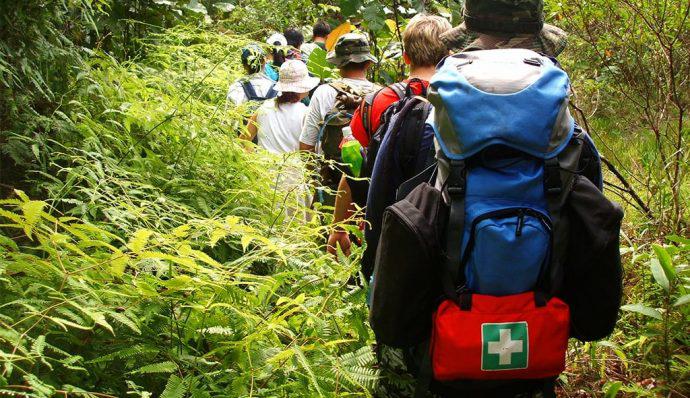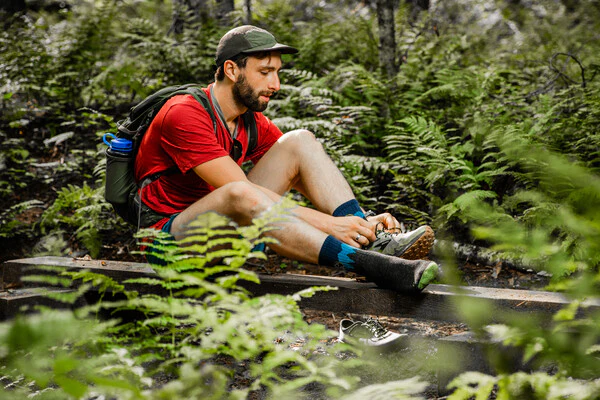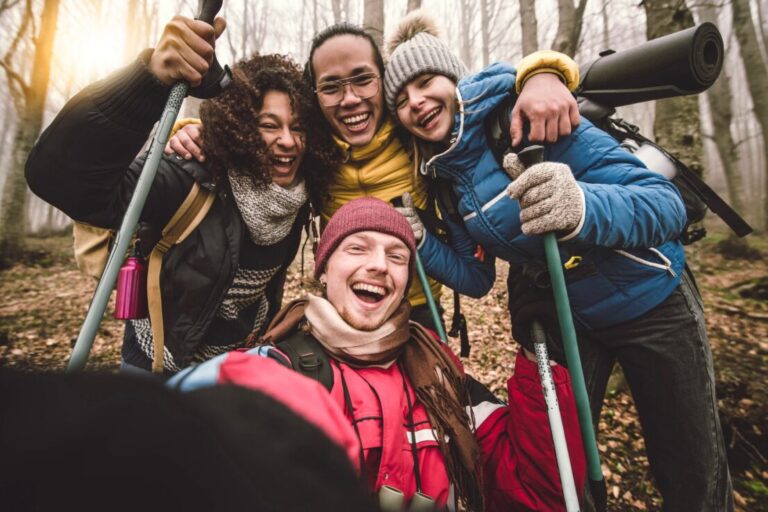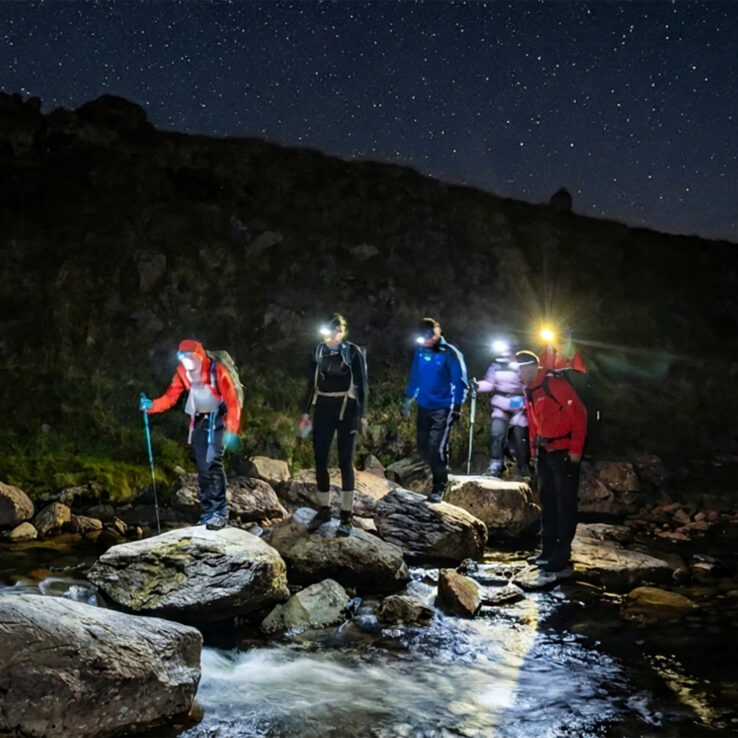When venturing into the great outdoors, a well-prepared first-aid kit is essential. Whether you opt for a prepackaged kit or assemble your own, knowing how to use the items within is just as important as having them. Consider taking a training course to ensure you’re ready for any situation.
Below is a comprehensive checklist to guide you in creating a versatile first-aid kit. This list includes basic care items, emergency essentials, and additional medications you might need, tailored to the specifics of your trip, including destination and duration.
Essential First-Aid Items
Basic Care Supplies
- Antiseptic Wipes: BZK-based wipes are preferred, but alcohol-based wipes are also acceptable.
- Antibacterial Ointment: Bacitracin is a common choice for preventing infection in minor cuts and scrapes.
- Compound Tincture of Benzoin: This adhesive can help bandages stick better.
- Assorted Adhesive Bandages: Fabric bandages are preferred for their durability and flexibility.
- Butterfly Bandages / Adhesive Wound-Closure Strips: Useful for closing small cuts.
- Gauze Pads: Include various sizes for different wound types.
- Nonstick Sterile Pads: Ideal for covering wounds without sticking to them.
- Medical Adhesive Tape: At least a 10-yard roll with a minimum 1-inch width.
- Blister Treatment: Essential for hikers and long-distance trekkers.
- Pain-Relief Medication: Ibuprofen or other pain relievers.
- Insect Sting / Anti-Itch Treatment: For relief from bites and stings.
- Antihistamines: To treat allergic reactions.
- Splinter Tweezers: Fine-point tweezers for removing splinters.
- Safety Pins: Multipurpose and useful for securing bandages.
- First-Aid Manual or Information Cards: Quick reference for first-aid procedures.
:max_bytes(150000):strip_icc()/man-putting-bandage-on-his-partner--39-s-knee-in-the-jungle-913653370-460a45f5865d4f8b8772684e57bbcb48.jpg)
Wraps, Splints, and Wound Coverings
- Elastic Wrap: For sprains and securing bandages.
- Triangular Cravat Bandage: Versatile for slings and securing splints.
- Finger Splints: Useful for stabilizing injured fingers.
- SAM Splints: Lightweight and moldable for various splinting needs.
- Rolled Gauze: For wound dressing and bandaging.
- Stretch-to-Conform Bandages: Provide flexibility and support.
- Hydrogel-Based Pads: For burn treatment and soothing wounds.
- First-Aid Cleansing Pads with Topical Anesthetic: For cleaning and numbing wounds.
- Hemostatic Gauze: For controlling severe bleeding.
- Liquid Bandage: Useful for sealing small cuts and abrasions.
Additional Medications and Treatments
- Prescription Medications: Include any personal prescriptions, such as antibiotics.
- Sunburn Relief Gel or Spray: For soothing sunburned skin.
- Throat Lozenges: To ease throat irritation.
- Lubricating Eye Drops: For eye irritation relief.
- Diarrhea Medication: Important for treating digestive issues.
- Antacid Tablets: For relieving heartburn and indigestion.
- Oral Rehydration Salts: To treat dehydration.
- Glucose or Other Sugar: Essential for treating hypoglycemia.
- Injectable Epinephrine: For severe allergic reactions (e.g., anaphylaxis).
- Aspirin: Primarily for heart attack response.
Tools and Supplies
- Knife or Multi-Tool: Essential for various tasks.
- Paramedic Shears: Blunt-tip scissors for cutting clothing and bandages.
- Safety Razor Blade or Scalpel: For precise cutting.
- Cotton-Tipped Swabs: Useful for cleaning wounds and applying ointments.
- Standard Oral Thermometer: For monitoring body temperature.
- Irrigation Syringe with 18-Gauge Catheter: For cleaning wounds.
- Medical / Surgical Gloves: Nitrile gloves are preferred; avoid latex due to allergy risks.
- CPR Mask: For safe resuscitation.
- Small Notepad with Waterproof Pencil or Pen: To document injuries and treatments.
- Medical Waste Bag: Plus a box for sharp items.
- Waterproof Container: To protect supplies and medications.
- Emergency Heat-Reflecting Blanket: For treating shock and hypothermia.
- Hand Sanitizer: For maintaining hygiene.
- Biodegradable Soap: For cleaning hands and wounds in the wilderness.
For those who want to deepen their knowledge, consider enrolling in a wilderness medicine class. Being prepared can make all the difference in an emergency, ensuring that you and your group can handle injuries and medical issues effectively while enjoying your outdoor adventures.









